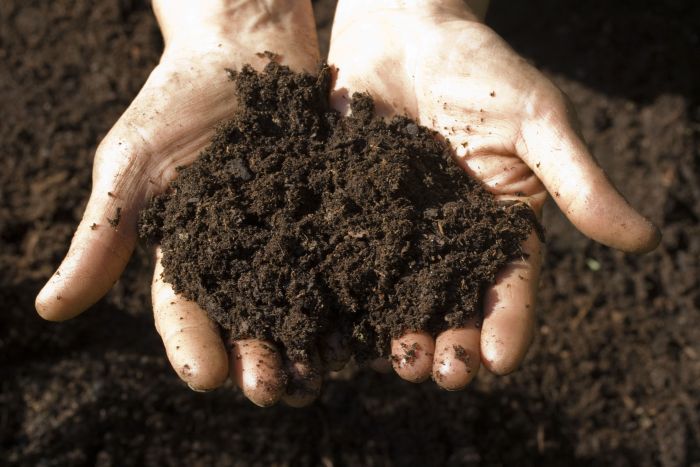
Invasive species are easily spread through the relocation of soil and compost, hay mulch and grass seed.
(Photo credits: Soil photo from www.pexels.com, Fire Ant by Sean McCann)
It's hard to know what exactly is hiding amongst a pile of soil just by looking at it. All too often a seed bank of invasive plants or even a thriving population of Fire ants can be neatly tucked away in an innocent looking mound of earth. Moving contaminated soil and other materials can cause the introduction and spread of these invasives into otherwise clean areas.
Horticulturists, landscapers, gardeners and developers should all be aware of the dangers of spreading invasive species through the transportation of soil and other compost and fill materials.
The SLRD has a Soil Deposit and Removal Bylaw that helps deal with this problem by regulating the transportation of soil within the District. The bylaw requires a permit for loads of soil 10 cubic meters and up being relocated. For loads greater than 10m3, an application process is required. This process includes strict tracing of where the material is coming from and where it's going, and also requires a soil test to help ensure the safety of the material The Bylaw also helps with soil management guidelines.
Gardeners should know that purchasing bagged soil is the best way to ensure that soil being brought into their gardens is invasives-free. This soil is typically sterile, making weed seeds unviable. If a larger quantity of material is needed, and open soil or compost will be purchased, it's important to know where it's coming from. Asking the seller questions about the origin of the material, and when dealing with compost, knowing how long and how hot the material was composted is very helpful. Weed seeds can remain viable in material that didn't compost long enough or hot enough. Soil coming from the coast poses a particular threat as this is a high density invasives zone and is also a hotspot for Fire ants. There is currently no certification process for ensuring soil and other earthen materials are invasives-free.
Knowing how to avoid the spread of invasives can save you, your neighbours and your local ecology a lot of problems in the long run. For more info, please contact lrinvasives@gmail.com. You can also find us on Facebook or twitter.